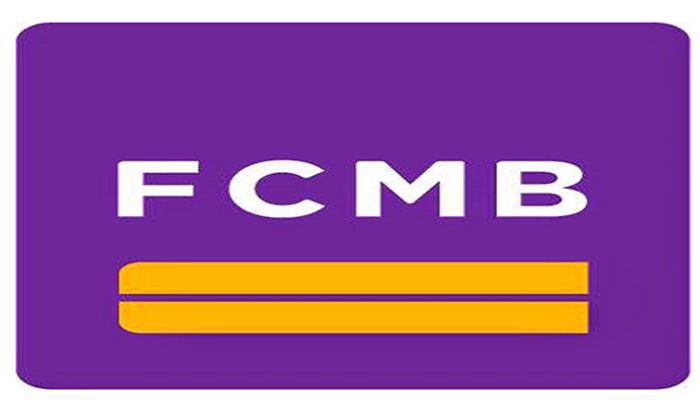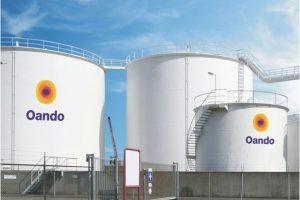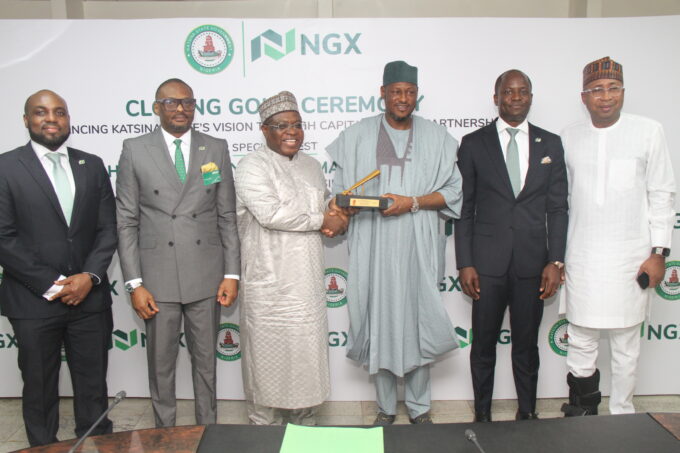I was on a local TV programme yesterday to discuss NESTLE’s already published 2017FY results. I also discussed my expectation of the soon-to-be released consumer goods companies’ results (DANGSUGAR, UNILEVER, and CADBURY).
The presenter wasn’t quite convinced about the performance of consumer goods companies in 2017FY (I guess because he wasn’t very familiar with the 9M-17 numbers), but changed his view after I pointed to him, our estimate of 58% and 81% EBITDA and net profit growth respectively for our universe. But that is not the essence of this piece!
There was a part of the conversation where we had to compare NESTLE and CADBURY. The presenter caught interest in my assertion that NESTLE’s today’s revenue is about 8x CADBURY’s, and its already reported NGN34bn 2017FY net profit is about 231x the NGN146mn we expect CADBURY to report for the year. In 2004, the revenue and net profit ratios of the two companies were just 1.28x and 1.36x respectively.
Also, at the end of 2004, NESTLE’s share price of NGN99.75 was 1.4x CADBURY’s. The spread, today, is 82x.
Certainly, anyone seeing or hearing of this data for the first time would also ask “how come”? The presenter did not disappoint! And in my response to him, I touched on the following issues:
Brand quality perception – In my view, the management of NESTLE has established the brand as a mark of quality in the minds of the average Nigerian consumer. For instance, in the recent past, there was a general perception communicated in the Nigerian Yoruba dialect that “olówó ló n mu Mílò“. This means that “only the rich consumes Milo“.
Brand connection with consumers – Compared to CADBURY, we also think NESTLE has invested more into connecting its products with consumers. For reference, think Milo, think children and sports. Think Maggi, think of the Nigerian woman. Think Golden Morn, think children. Think Pure Life water, think of class. Think Cerelac, think infants. And think Nescafe, think of the Nigerian corporate man or woman.
I think CADBURY’s effort at connecting Bournvita with children is inconsistent, and has been less potent in recent time, compared to two decades ago. It is also difficult to point specifically to the consumers that Butter Mint and Tom-Tom are connecting with.
Product portfolio size – This is a major factor that defines the wide divergence between the two companies’ revenues. NESTLE currently has about 18 products and 36 SKUs. For CADBURY, it is 5 and 18 respectively. NESTLE boasts of leading market share across most of its product categories, including Milo which was trailing Bournvita as at 2010.
Investment – NESTLE clearly stands out. In the last ten years, the group has invested NGN104bn in capital expenditure. This equates to NGN10bn per annum, 5x CADBURY’s NGN2bn average per annum capex investment.
Distribution network – As at 2016, NESTLE had 107 distributors of its products compared to CADBURY’s 62. We consider this a strong competitive advantage in terms of products’ reach to consumers.
Management/Leadership – Some staff of both CADBURY and NESTLE that I have engaged on why the former has been left so much behind, had a thing or two to say about management and leadership. Firstly, CADBURY has lost several key staff since the company was found wanting on governance issues about a decade ago. Secondly, the people I spoke with were of the view that CADBURY’s acquisition by KRAFT, and the subsequent transfer of ownership to MONDELEZ, brought about a strategy mismatch that contributes to the challenges the company faces today.
The numbers reflect in the stocks prices – In the last 13 years, NESTLE’s 18% revenue and 33% net profit growth per annum, and unbroken dividend record (average ratio of 87%) compare favourably with CADBURY’s 4% revenue and 2% PAT growth during the period. CADBURY resumed dividend payment in 2012 after 6 years (2006-2011) of no payment.














